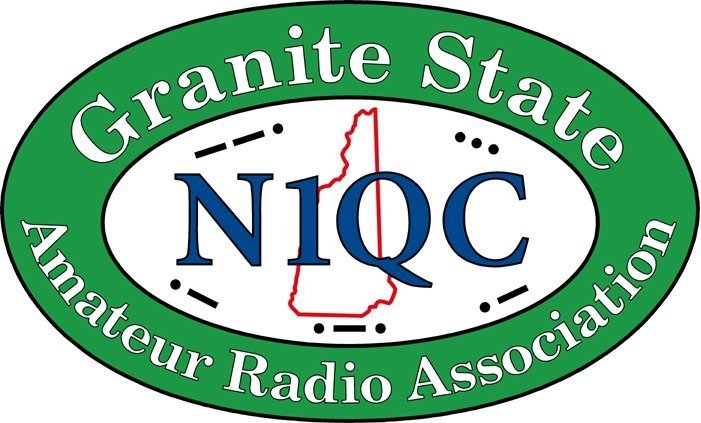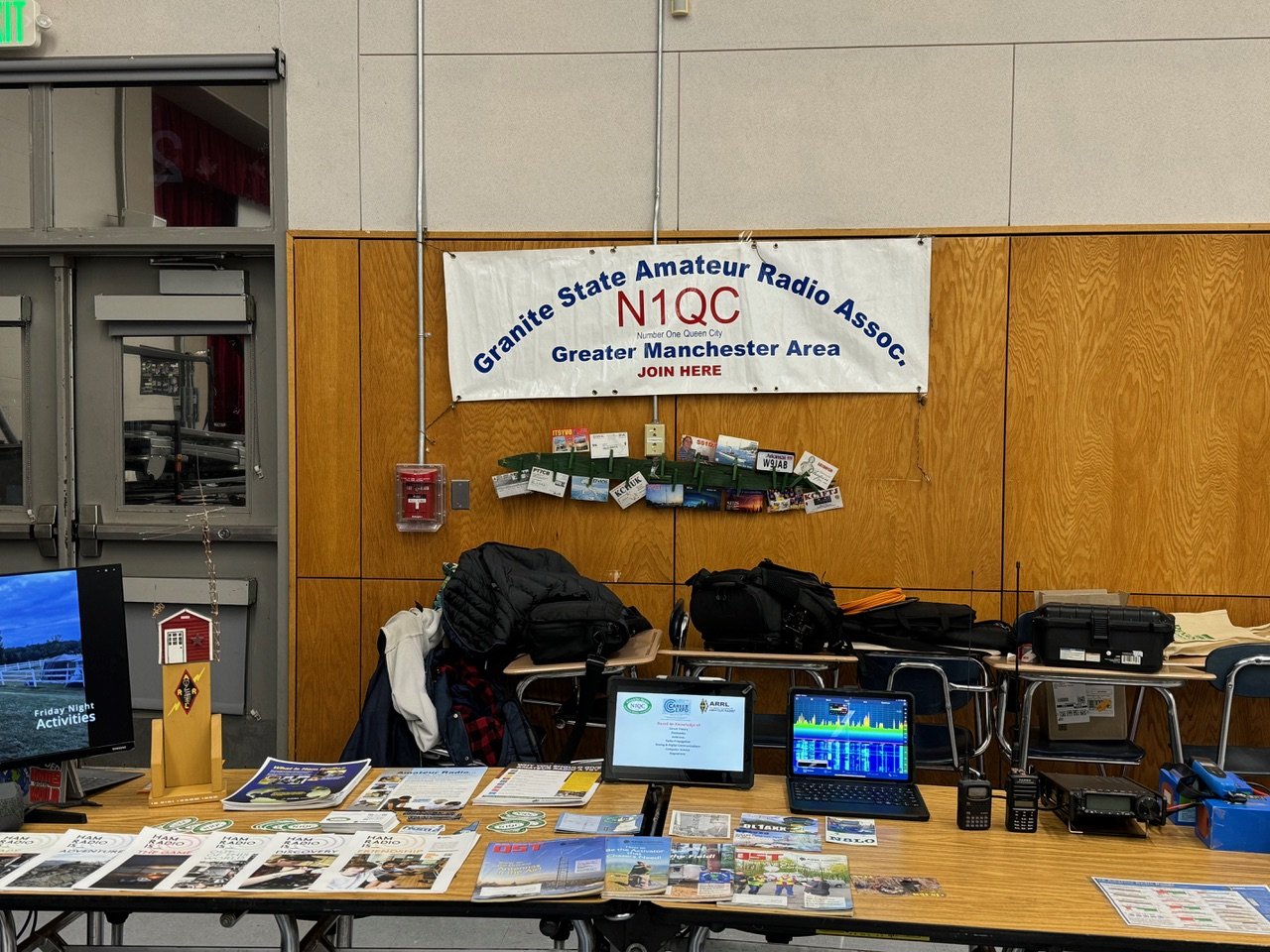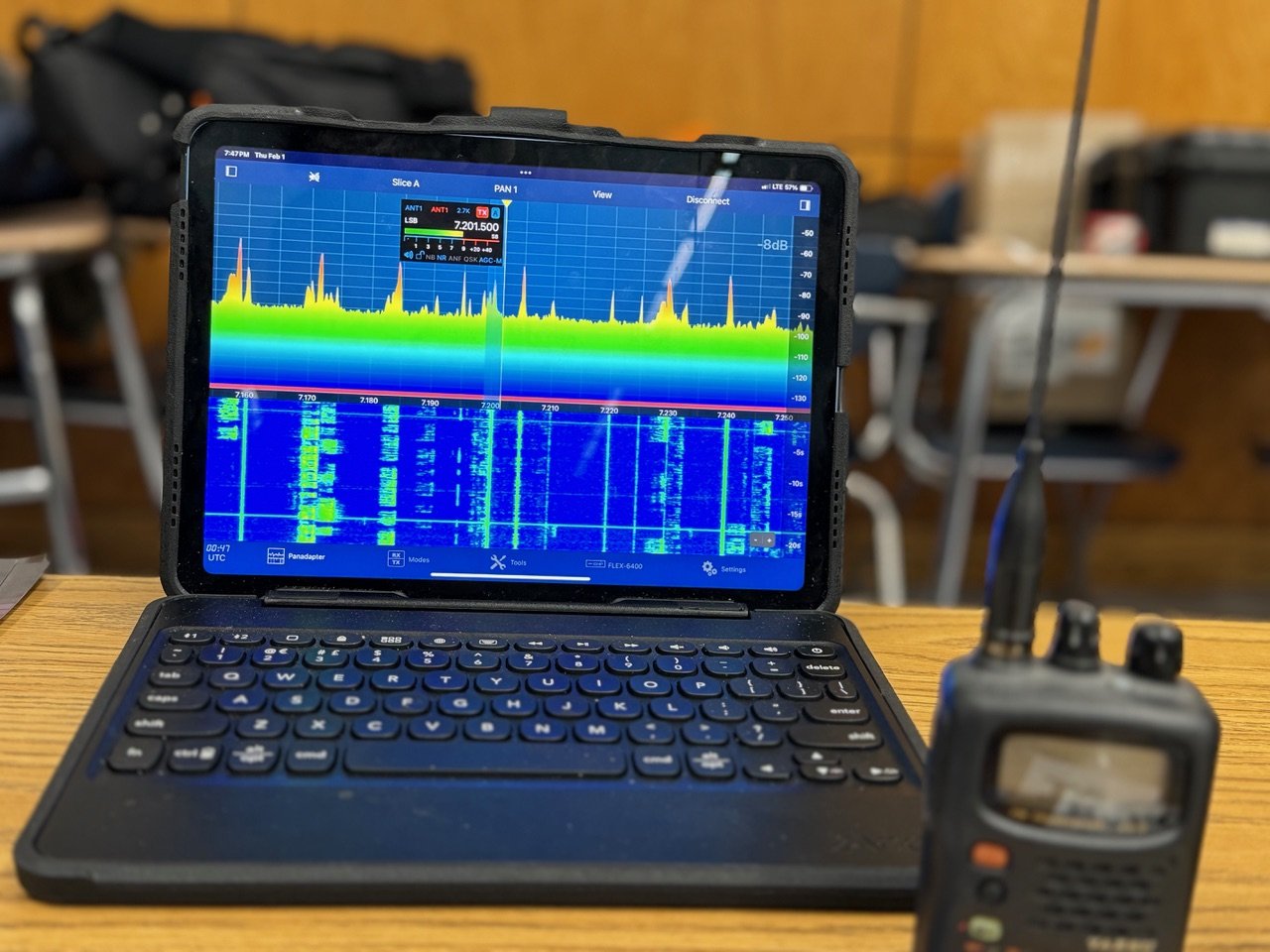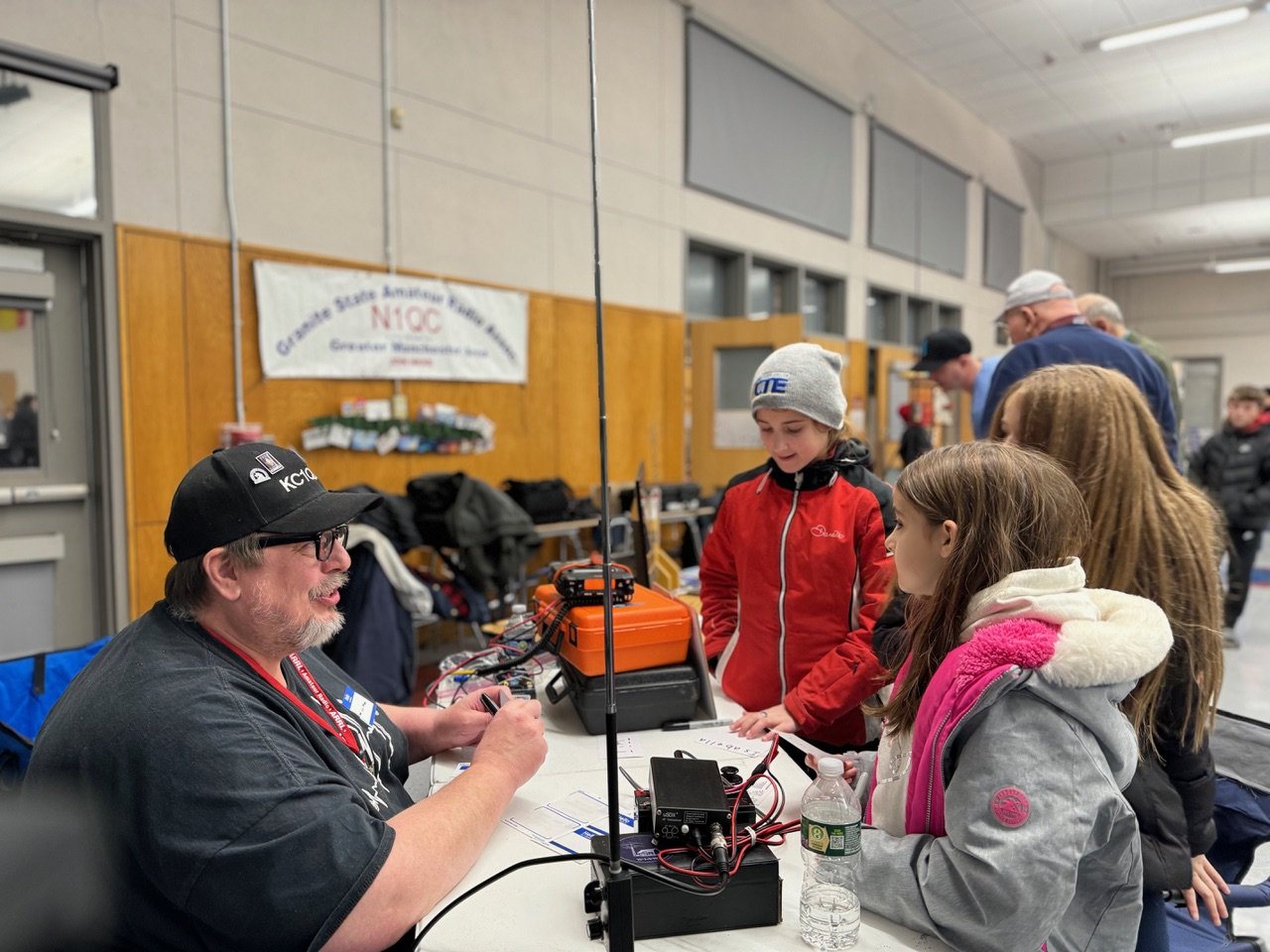Beyond the Waves: How Ham Radio Opens Doors to Engineering and STEM-Related Disciplines
In a world shaped by innovation and technological advancement, the realm of ham radio stands as a testament to the enduring relevance of engineering and STEM-related disciplines. Through my experiences at Milford High School's CTE/STEM program, I have witnessed the transformative power of ham radio in igniting a passion for exploration, learning, and hands-on application of scientific principles. At its core, ham radio embodies a captivating fusion of engineering, electronics, and communication, offering a gateway to many STEM-related disciplines.
As students and enthusiasts embark on their journey into the world of amateur radio, they are greeted by a tapestry of opportunities extending far beyond traditional education's confines. The study of ham radio introduces students to the fundamental principles of electrical engineering as they delve into the intricacies of radio wave propagation, antenna design, and the inner workings of transceivers. This hands-on engagement with electronic components and circuitry fosters a deep understanding of engineering concepts and paves the way for practical application in many CTE/STEM fields.
Moreover, exploring radio frequency (RF) technology within the context of ham radio serves as a springboard into the world of telecommunications, where students gain insight into the complex interplay of wireless communication systems, signal processing, and modulation techniques. The exposure to RF engineering nurtures a profound appreciation for the underlying physics of electromagnetic waves and cultivates a foundation for careers in telecommunications and wireless technology. Beyond the technical aspects, ham radio encapsulates the spirit of innovation and problem-solving, encouraging students to explore interdisciplinary connections between engineering, mathematics, and computer science. Integrating digital modes, software-defined radio, and data transmission protocols within the ham radio landscape provides a fertile ground for honing coding, signal processing, and data analysis skills, bolstering the foundation for future pursuits in STEM-related fields.
In addition to shaping the academic landscape, ham radio catalyzes instilling a sense of curiosity, collaboration, and community engagement. The collaborative nature of amateur radio fosters an environment where students develop technical proficiency and cultivate essential skills in teamwork, critical thinking, and adaptability—attributes integral to success in the diverse landscape of CTE/STEM disciplines. As we look towards the horizon of educational innovation and the ever-evolving landscape of CTE/STEM, the enduring allure of ham radio as a conduit for engineering and CTE/STEM-related exploration remains unwavering.
It is a testament to the transformative power of hands-on learning, mentorship, and the seamless integration of theory and practice, all of which are essential pillars in nurturing the next generation of innovators, problem solvers, and trailblazers in the world of STEM. May the echoes of Morse code, the intricate dance of radio waves, and the spirit of exploration within amateur radio inspire a new wave of students to unlock the doors to engineering and CTE/STEM-related disciplines, propelling them toward a future defined by boundless possibilities and relentless pursuit of knowledge.





